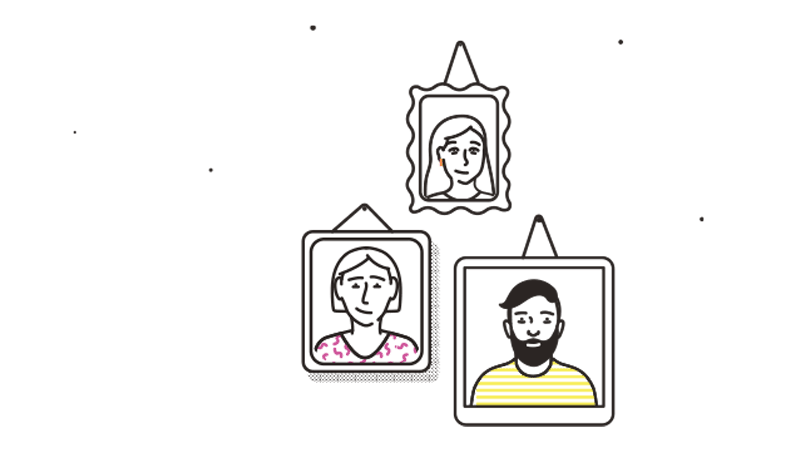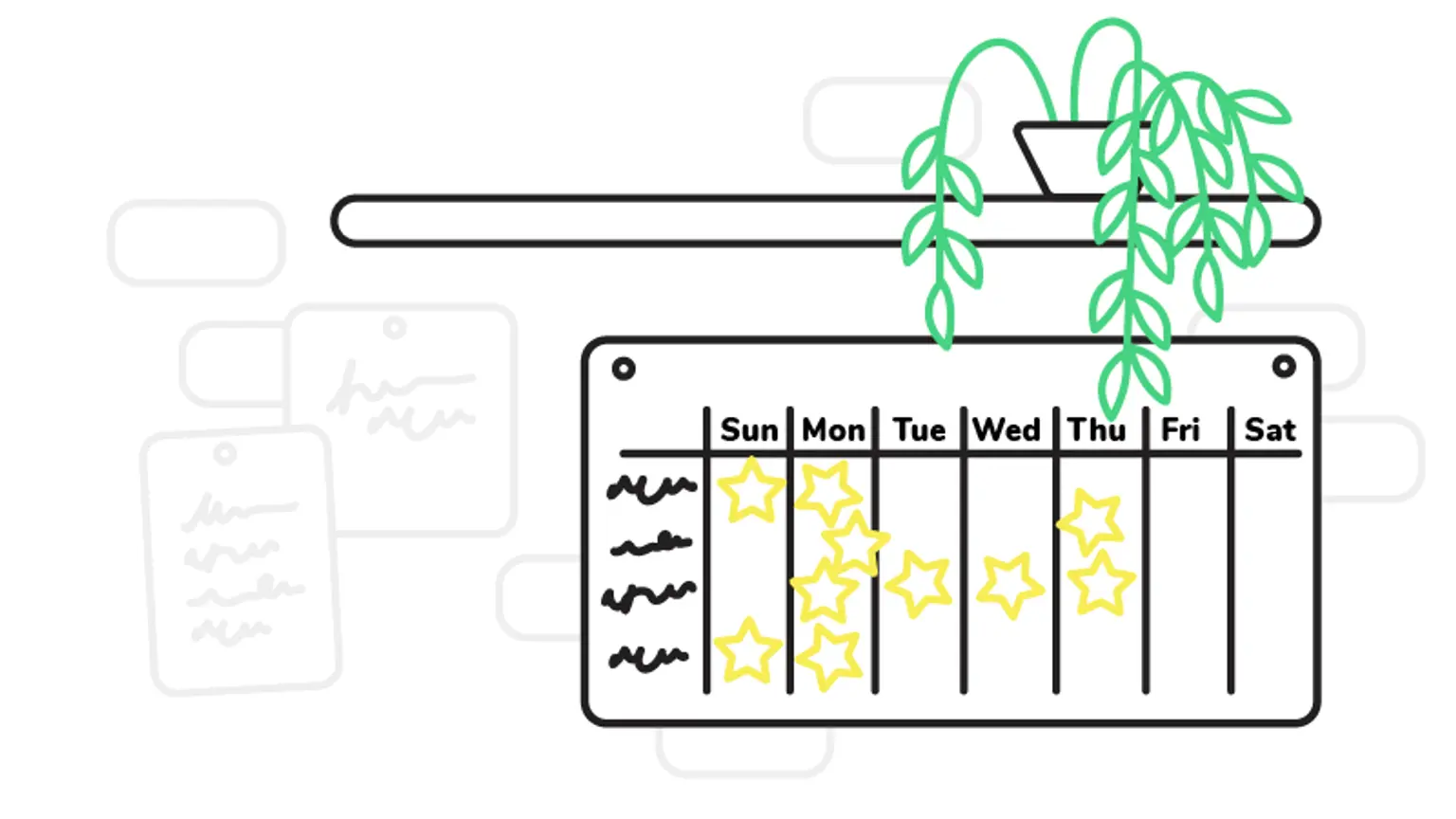Agile’s ways of working aren’t just confined to the walls of corporations or startups. They can help anyone be more effective and productive.
If you’re not in project management or the world of software development, the word ‘agile’ is probably something you associate with a nimble cat scaling a wall or a cheetah chasing its prey through the savannah.
But in project management and software development, ‘Agile’ refers to a collection of methodologies and principles you employ to get a piece of work out faster and with a greater chance of success.
Agile has helped countless companies launch and incrementally improve their products in record time: think Spotify, Google, Netflix and Tesla. Only now it’s not just tech companies putting this technique to use. ‘Agile’ has become agile itself and has made its way into various facets of human life. It’s helping people manage their chaotic schedules, plan their weddings, read more books and even reach their own career goals.
Agile’s uses aren’t just confined to the walls of corporates or startups. They can help anyone be more effective and productive
Agile principles and methodologies have not only helped us build Naked from the ground up, but we still use them to improve our customer journey, build new features in record time and adapt to our ever-growing team.

We thought that since it’s been so useful to us, it might help you conquer those seemingly impossible challenges you face in your daily life.
Before we get to the how-to’s, let’s unpack what Agile is.
What is Agile?
“Agile is an iterative approach to project management and software development that helps teams deliver value to their customers faster and with fewer headaches. Instead of betting everything on a ‘big bang’ launch, an agile team delivers work in small, but consumable, increments.”– Atlassian
Think of a project like climbing Mount Everest. It’s a huge challenge that takes months of preparation. Developing a product, albeit not as strenuous on the body, is also a huge task with many uncertainties, such as whether your clients will like and understand your product designs, how long it will actually take to develop different features and how your competitors will respond (to name a few).
Ascending Everest is almost unthinkable. But it’s not like you’re going to do it all in one day or even one week. The climb is broken up, so you go from camp to camp, in stages. Each climb is different: the weather may throw a spanner in the works, your gear might need to be changed each day and your body has to adapt as you go higher.

Agile ways of working aren’t much different.
The Agile approach allows you to break up the project into smaller, manageable tasks that you and your team work on together.

It’s not like conventional ways of working that use a set, inflexible process where you do your bit and pass the baton onto the next person.
Agile works incrementally and requires collaboration. But it also allows you to adapt and improve your plans as you get more information along the way. After each climb (or sprint, in Agile-speak), you release your product back to the client for testing, get feedback and then you reassess whether your vision for the next climb should be tweaked, or can continue unchanged.
Agile basically prevents you from working on a project for months and months only to find out that you took a wrong turn somewhere and are back at Lukla base camp rather than on the summit of Mount Everest. By performing tasks in small increments, you can reach your goal faster and with fewer wrong turns along the way.
So how can you apply this to your personal life? Let’s see how a few people have done this already.
Agile can help you run your household
There are many different offshoots of Agile that have developed over the years. Companies choose one based on their needs. ‘Scrum’ has gained popularity for its simplicity and proven productivity, and it’s helping families around the world run households that work like clockwork.
Scrum is centred around planning meetings, where a cross-functional team works together and agrees on a list of things that need to be completed over the next week or two.

The idea is that orders aren’t just passed from the top down. Instead, ideas flow from either end to ensure collaboration, clear communication and constant feedback and adaptability.
These meetings are quite easy to adopt in families.
Nowadays, everyone’s day is chaotic. Even the children have homework, extra-murals, friends, chores and fun to juggle. There’s a lot of pressure on everyone from everyone. Formalising a time to communicate and agree on what needs to be done during the next week and what you want to achieve as a family isn’t such a bad idea. It will help you to lay out and agree on tasks (chores) and plan how you can get there together.
One family that did this quite well was the Feilers. Every Sunday, Bruce Feiler and his wife sat down with their two daughters and agreed on what tasks needed to be done by the family during that week. It gave their girls an open floor for communication and allowed them to be part of the process of identifying the most important things to be done and agreeing to work together to complete them.
They laid out all the tasks that needed to be done on a big board with sticky notes. Each day, everyone had to tick something off the list – including Bruce and his wife. It kept everyone accountable, made it clear if some tasks were falling by the wayside and taught the girls fundamental lessons they’d use throughout their lives.
“The week we introduced a morning checklist into our house, it cut parental screaming in half. But the real change didn’t come until we had these family meetings.” – Bruce Feiler, TED Talk
At the end of the week (scrum masters call these ‘sprints’), the family sits down to rehash what happened during the week and plan for the next.
Three fundamental questions are always asked:
- What worked well?
- What didn’t work well?
- What can we improve on going forward?
These weekly meetings are effective in keeping the communication going, as well as iteratively improving the delivery process and sorting out any issues or bumps in the road before the next planning session.
Agile can even keep Bridezilla at bay
Your perfect day, one that you’ve dreamt of your whole life, ultimately comes down to planning. And if you’re a control freak who can’t fathom handing the reins over to a wedding planner, then you might find Agile principles working in your favour.
When you think of wedding planning, it’s not that different to planning software. There’s an end product (the wedding), there’s a deadline (the day of the wedding), there's a delivery team (your friends and family) and there’s a budget.
Kanban, another iteration of Agile, has been used by many to help them plan their big day. It’s essentially a way to organise and track the work that needs to be done. The old-fashioned way would be to use sticky notes on a wall, but thanks to modern tech, there are apps like Trello that can help you organise a task like planning a wedding seamlessly.
Your board is laid out in columns. Each column has a certain significance. For the sake of planning a wedding, let’s say your columns are: To Do, Doing, Awaiting confirmation and Done.

Under each column you add cards that provide details on each task. For each card, you can add a due date, and subtasks, assign it to someone in your bridal party and even add pictures. As people start to complete their assigned tasks, they can move their cards over into the relevant column, allowing you to see if you are making the progress you need to as the big day approaches.
Using the Kanban method allows you to take an abstract idea and lay it out visually. It also ties into the whole ‘release of dopamine as you get things done’ theory.
As an alternative to Kanban, you could use the good ol’ scrum method to plan your wedding. There’s a website called Scrumyourwedding.com started by Hannah Kane and Julia Smith, both with backgrounds in Agile methodologies and event planning. Scrumyourwedding.com believes that instead of “...planning out every detail in advance, you’ll work in small chunks, stopping frequently to re-evaluate, learn, and change course if needed.”
As you can see, it doesn’t matter if your household needs a little TLC, planning your big day seems too overwhelming or you need to build an app that changes the face of insurance. Agile can help take you places – calmly (at least most of the time) and rather efficiently, we might add.
If Agile sounds like something you can bring into your life, whether it be with remote work or to help your family, and you’re unsure of where to start, start with the basics.
